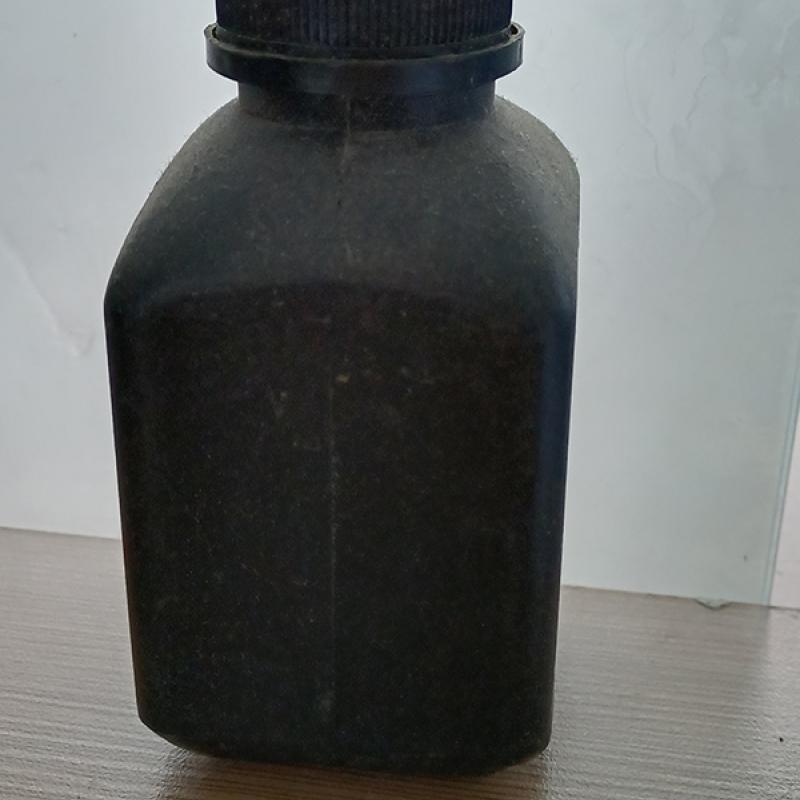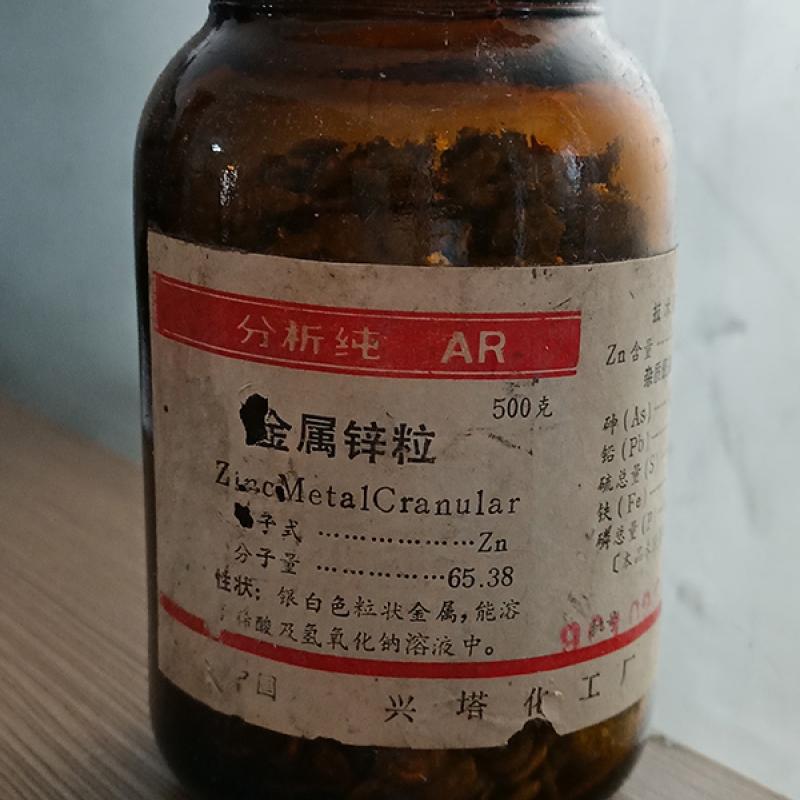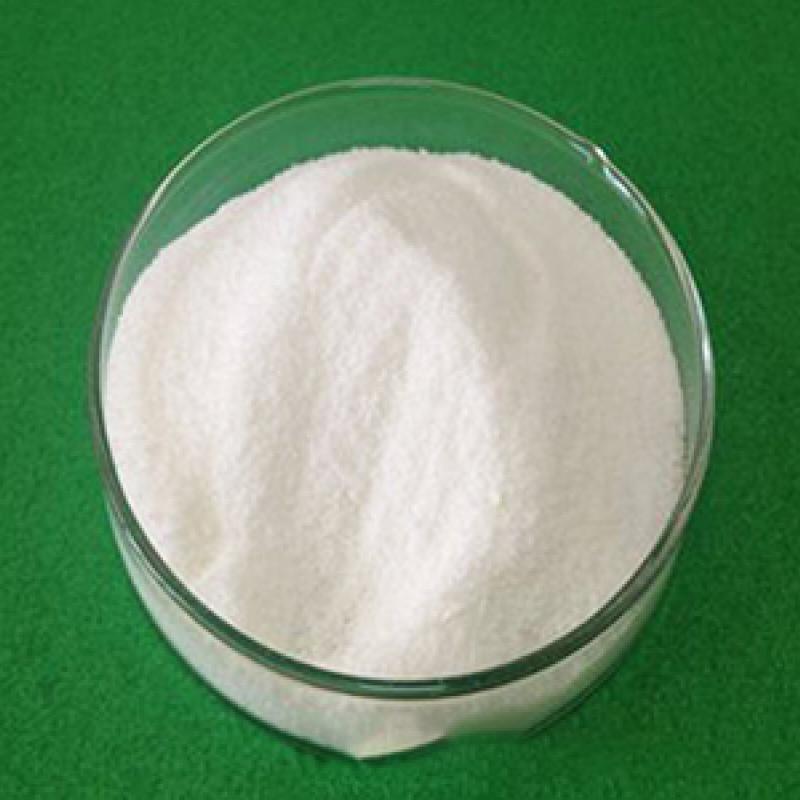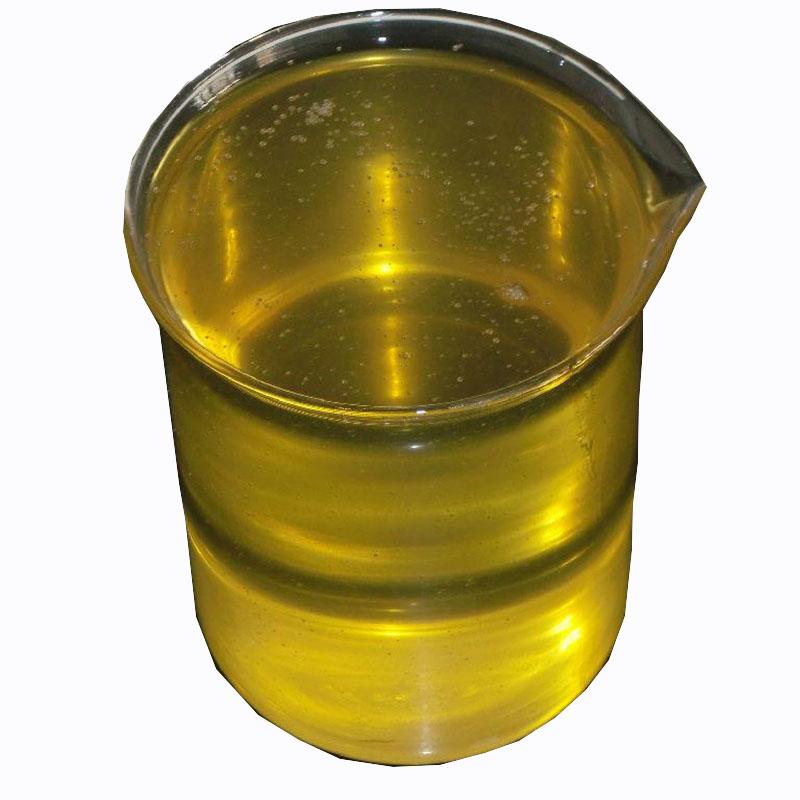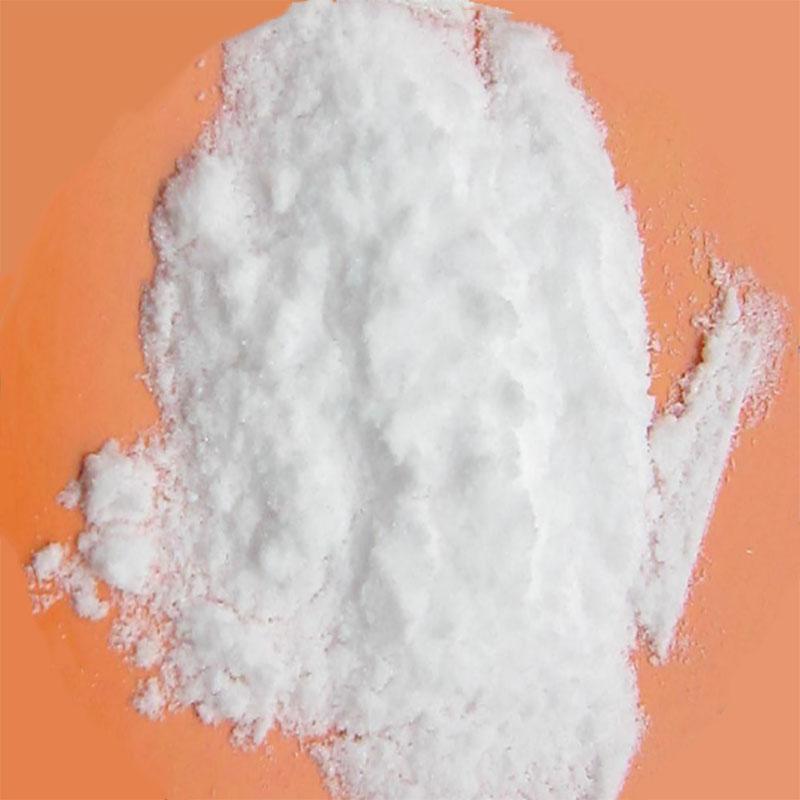Arsenic-free Zinc-manufacture,factory,supplier from China
(Total 24 Products for Arsenic-free Zinc)
Appearance and traits: white crystals, extremely salty, non -toxic. It is easy to solverate in water, ether, glycerin and alkali, slightly soluble in ethanol, but insoluble in water -free ethanol, which is hygroscopic and easy to lump; New potassium salt is generated by reciprocating and disintegrating.
Contact Now
Zinc Borate is an environmentally friendly non -halogen flame retardant. It has the characteristics of non -toxic, low -water solubility, high heat stability, small particle size, small gravity, and good decentralization. As a high -efficiency flame retardant Rubber, coatings and other fields.
Contact Now
Molecular weight: 65.39
Grade: 5N
MDL number: MFCD00011291
EC number: 231-175-3
Contact Now
Car urea is an essential product for heavy-duty diesel vehicles to meet the National IV emission standards. Vehicle urea refers to an aqueous urea solution with a urea concentration of 32.5% and ultrapure water as the solvent. The raw materials are urea crystals and ultrapure water. For diesel vehicles such as heavy trucks and passenger cars to meet the National IV emission standards, a suitable SCR system must be selected for exhaust gas treatment, and this system must use urea solution to treat nitrogen oxides in the exhaust gas.
Contact Now
Appearance and properties: colorless liquid, almost odorless
Molecular weight 90.12 Vapor pressure 0.51 kPa/20℃ Flash point: 43℃
Melting point -70°C boiling point: 135.1°C solubility can be miscible with water and most organic solvents such as ethanol
Density (D4) 0.925-0.935
Contact Now
It is a new solvent for selective desulfurization and decarbonization with excellent performance. It has the advantages of high selectivity, low solvent consumption, significant energy-saving effect, and non-degradability.
Contact Now
Castor oil is the triglyceride of fatty acid, and castor oil is present in the seeds of castor oil, and its content is 35%~57.
Contact Now
Ricia oil contains a lot of ricic acid (more than 80%), so many unique properties:
1. It is easy to dissolve in ethanol, which is difficult to dissolve in petroleum ether. This feature is more likely to distinguish between castor oil from other grease.
2. The viscosity is much higher than that of the general oil, and 25 is 680 cps, the viscosity index 84, the friction coefficient is very low (0.1).
The fluidity of castor oil is good, and the refined castor oil can still flow in -22.
3.
Contact Now
Ricia oil contains a lot of ricic acid (more than 80%), so many unique properties.
Contact Now
Can gradually decompose, moist and high temperatures can accelerate decomposition. Can be decomposed by ethanol and silver ion.White crystalline powder.
Contact Now
Sodium Persulfate is also called sodium sulfate, is an inorganic substance, a chemical formula is Na2S2O8, and the appearance is a white crystal powder, odorless.
Contact Now
Potassium hydroxide is a common inorganic base with a chemical formula of KOH and a molecular weight of 56.1. It is a white powder or flake solid at room temperature.
Contact Now
Relate News
Antioxidants are substances that block the adverse effects of oxygen. It is a class of substances that can help capture and neutralize free radicals, thereby eliminating the damage caused by free radicals to the human body.
Antioxidants refer to food additives that can prevent or delay the oxidation of food, improve the stability of food and prolong the storage period. The correct use of antioxidants can not only prolong the storage period and shelf life of food, bring good economic benefits to producers and consumers, but also bring better food safety to consumers.
Antioxidants can be used as hydrogen donors to scavenge free radicals generated during the chain initiation stage, thereby inhibiting or reducing the oxidation of oils. Therefore, in order to delay the oxidation of fats and extend their shelf life, the most common and effective way is to add antioxidants to the fats.
Acetic acid, commonly known as acetic acid (AcOH) because it is the main component of vinegar, is one of the most important fatty acids. In nature, it occurs in many plants as free or esters. Molecular formula CH3COOH.
TDI is the abbreviation of toluene diisocyanate. TDI is a polycyanate widely used in industrial production. It is a polyurethane material and an important basic material. Mainly used to make flexible polyurethane foam, polyurethane elastomer, coatings, adhesives, etc.
Toluene diisocyanate is combustible in case of open flame and high heat. It can react with oxidants. Reacts violently with amines, alcohols, alkalis and warm water, and can cause combustion or explosion.
TDI (toluene diisocyanate) is one of the commonly used polyisocyanate, and polyisocyanate is an important base material of polyurethane (PU). The TDI commonly used in the polyurethane industry is a mixture of 2,4-TDI and 2,6-TDI isomers, including three commonly used grades.
The element in helium gas, the English name is Helium, the element symbol is He, and the atomic number is 2. Colorless and odorless inert gas, chemically inactive, usually difficult to react with other substances.
Firefighters must wear gas masks and full-body fire fighting clothes, and put out the fire in the upwind direction. Spray water to keep the fire container cool until the end of the fire extinguishing.
Hydroxypropyl toluene cellulose is a commonly used building material additive, which is widely used in industry and has a wide variety of types.
Meta-xylene is an organic compound with a molecular formula of C8H10 and a molecular weight of 106. It is a colorless and transparent liquid with an odor similar to toluene. It is insoluble in water, but miscible in most organic solvents such as ethanol, ether and chloroform. Used as solvent, medicine, dye intermediate, perfume, etc.
Antioxidant is a kind of plastic additives that can effectively reduce the self-oxidation reaction rate of plastics and promote the degradation of plastics.
In 2011, global methanol demand reached 54 million tons. In the next few years, driven by the rapid development of emerging applications, global methanol demand will soar to 85 million tons in 2015.







